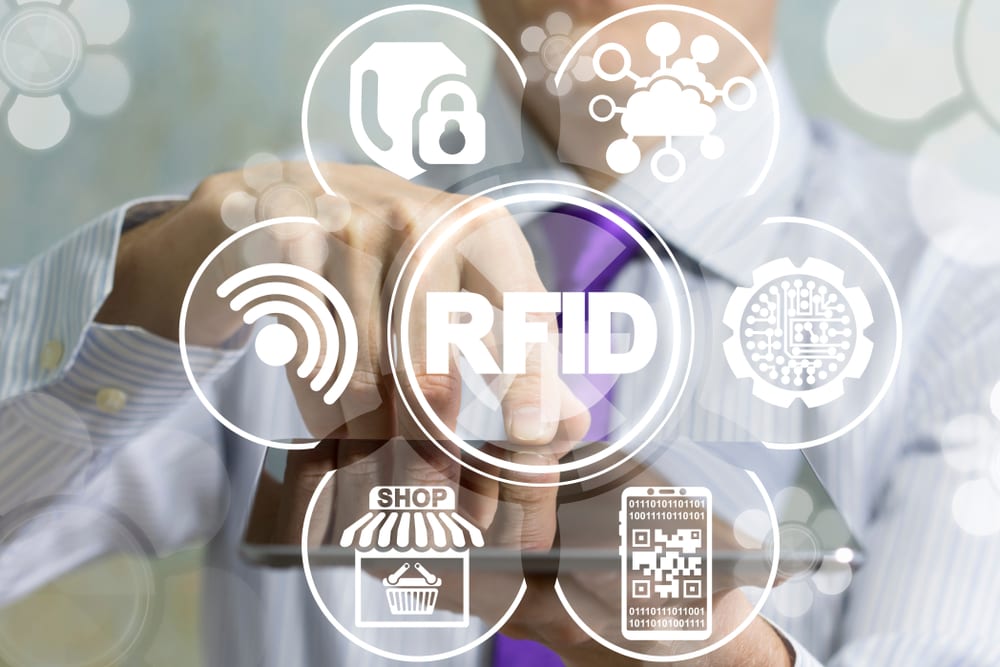In today’s digital age, marketers are constantly seeking innovative ways to capture and retain audience attention. One such strategy gaining prominence is “gamification.” This article delves into the psychology behind gamification in marketing, exploring its benefits, successful examples, implementation tips, challenges, and future trends.
I. Introduction
A. Definition of Gamification
Gamification involves integrating game elements into non-game contexts to enhance user engagement. In marketing, this translates to using game mechanics to encourage desired behaviors.
B. The Rise of Gamification in Marketing
With the increasing saturation of traditional advertising, businesses are turning to gamification as a powerful tool to connect with their audience on a deeper level.
II. The Psychology Behind Gamification
A. Intrinsic Motivation
Gamification taps into individuals’ inherent desires for achievement and mastery, triggering intrinsic motivation that goes beyond external rewards.
B. Extrinsic Motivation
While intrinsic motivation is crucial, the strategic use of rewards and recognition in gamification also leverages extrinsic motivation, driving specific actions.
C. Cognitive Engagement
Games stimulate cognitive functions, fostering problem-solving skills and critical thinking, making gamified marketing content more memorable.
D. Emotional Connection
By incorporating storytelling and immersive experiences, gamification creates emotional connections between the brand and the audience, fostering brand loyalty.
III. Benefits of Gamification in Marketing
A. Increased User Engagement
Gamified campaigns captivate audiences, resulting in longer interaction periods and a higher likelihood of conversions.
B. Building Brand Loyalty
Through positive experiences and rewards, gamification contributes to the development of a loyal customer base.
C. Positive User Experience
Gamification enhances the overall user experience, making interactions with a brand more enjoyable and memorable.
IV. Successful Examples of Gamification in Marketing
A. Nike’s Running App
Nike successfully engages users by turning running into a game, tracking achievements, and fostering a sense of community.
B. Starbucks Rewards Program
Starbucks gamifies loyalty with its rewards program, encouraging frequent visits and purchases through tiered benefits.
C. McDonald’s Monopoly Campaign
The annual Monopoly campaign transforms purchasing fast food into a game, driving customer excitement and sales.
V. Implementation Tips for Gamification
A. Understanding Target Audience
Tailor gamification strategies to resonate with the preferences and motivations of the target demographic.
B. Setting Clear Objectives
Define clear objectives for gamified campaigns, aligning them with broader marketing goals and measuring success metrics.
C. Incorporating Rewards Strategically
Strategically design and implement rewards to maintain balance, preventing overreliance on extrinsic motivation.
VI. Potential Pitfalls and Challenges
A. Overcomplicating the Game Mechanics
Simplicity is key; overly complex game mechanics can confuse and disengage users.
B. Lack of Alignment with Brand Values
Ensure that gamification aligns with the brand’s identity and values to avoid potential backlash.
VII. Case Study: Gamification Campaign’s Impact
A. Measuring Success Metrics
Evaluate the impact of gamified campaigns using metrics such as user participation, conversion rates, and customer feedback.
B. Analyzing Customer Feedback
Gain insights from user feedback to understand the strengths and weaknesses of the gamification approach.
VIII. Future Trends in Gamification
A. Integration of Augmented Reality
The future sees gamification expanding with augmented reality, creating more immersive and interactive experiences.
B. Personalization through AI
AI-driven personalization will enhance gamification, tailoring experiences to individual preferences for increased effectiveness.
IX. Expert Insights on Gamification
A. Interviews with Marketing Professionals
Learn from industry experts as they share insights, best practices, and tips for successful gamification campaigns.
B. Best Practices and Tips
Explore recommended practices for implementing gamification effectively, ensuring optimal results.
X. Gamification Ethics and Responsibilities
A. Ensuring Fairness and Inclusivity
Address ethical concerns by designing gamification campaigns that are fair, inclusive, and respectful of diverse audiences.
B. Balancing Motivation and Manipulation
Strike a balance between motivating user actions and avoiding manipulative practices that may harm the brand’s reputation.
XI. Gamification in Various Industries
A. Healthcare
Discover how gamification is revolutionizing health and wellness initiatives, encouraging healthier lifestyles.
B. Education
Explore the educational sector’s integration of gamification to enhance student engagement and learning outcomes.
C. E-commerce
Learn how e-commerce platforms are leveraging gamification to boost customer engagement and increase sales.
XII. The Role of Technology in Advancing Gamification
A. Mobile Apps
Mobile apps play a pivotal role in delivering gamified experiences, making them easily accessible to a broad audience.
B. Virtual Reality
The integration of virtual reality takes gamification to new heights, providing more immersive and realistic interactions.
XIII. Gamification and Social Media
A. Impact on User Interaction
Gamification transforms social media interactions, encouraging users to actively participate and share content.
B. Leveraging Social Platforms for Campaigns
Explore how brands leverage popular social platforms to gamify marketing campaigns and connect with a wider audience.
XIV. Challenges in Implementing Gamification Globally
A. Cultural Sensitivity
Consider cultural nuances when implementing gamification globally to avoid unintended cultural insensitivity.
B. Legal and Privacy Concerns
Navigate legal and privacy challenges to ensure gamified campaigns comply with regulations and protect user data.
XV. Conclusion
A. Recap of Key Points
Summarize the key takeaways, emphasizing the psychological impact of gamification in marketing.
B. Future Outlook for Gamification in Marketing
Highlight the continued evolution of gamification, pointing towards a future where it remains a vital strategy for marketers.





